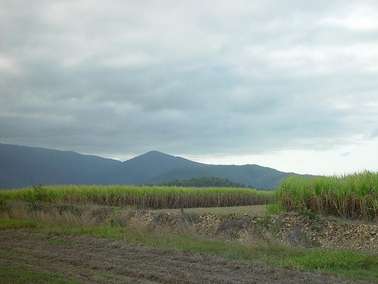Researcher studies impact of increased sugarcane production

(Phys.org) —The growing demand for bioethanol fuel, combined with a growing demand for sugar, means that sugarcane is being grown in increasing quantities around the world.
In some countries, lands previously used for subsistence agriculture are being converted to large industrial-scale sugarcane fields. In other countries, cane fields are replacing native vegetation.
"The transition from diverse vegetation to vast fields of a single crop is likely to have many impacts," explains ASU professor Matei Georgescu, who will be investigating these impacts as part of a team of researchers from the United Kingdom, the United States, India, Brazil, South Africa and Australia.
In addition to changes in land-use and the ecology of agricultural lands, the transition to sugarcane in some places impacts food security – the availability of food to local residents. Large-scale mono-crop agriculture can affect everything from water supplies to disease control to soil nutrient cycles.
Climate change adds another element to this picture. Rainfall variability is likely to increase, making it unreliable as a source of water for the cane fields, and increasing the demand for irrigation.
Given the complexity of the environmental and human impacts of sugarcane agriculture, one of the goals of the two-year investigation is to encourage transdisciplinary investigation. The team includes experts in agricultural systems, land use modelling, social science, climate impact assessment, rural resource economics, GIS, remote sensing and spatial modeling for decision-making.
As they work together to understand the impacts of cane production's expansion, the researchers aim to foster a community of scientists that will continue to develop a holistic understanding of agricultural change and its social and environmental consequences.
Georgescu will bring to the group his expertise in the climate impacts of land use change. A recent project modeled regional climate changes that may be expected as Brazil increases land in sugarcane production. Georgescu is also using regional climate models in another project, seeking to identify suitable locations across the United States where perennial biomass energy crops can be grown sustainably.
"Our ongoing bioenergy-related work in the United States is a natural springboard for this current project, which is primarily focused on networking and community building in the areas undergoing these land use transitions, and which therefore require the greatest attention," says Georgescu.
The new project will focus on Brazil, India and South Africa, where agriculture is an important cornerstone of the economy, a basis of economic growth and a significant source of livelihood. These countries are also under pressure to improve resource efficiency and increase resilience to future climate uncertainty.
Provided by Arizona State University
















